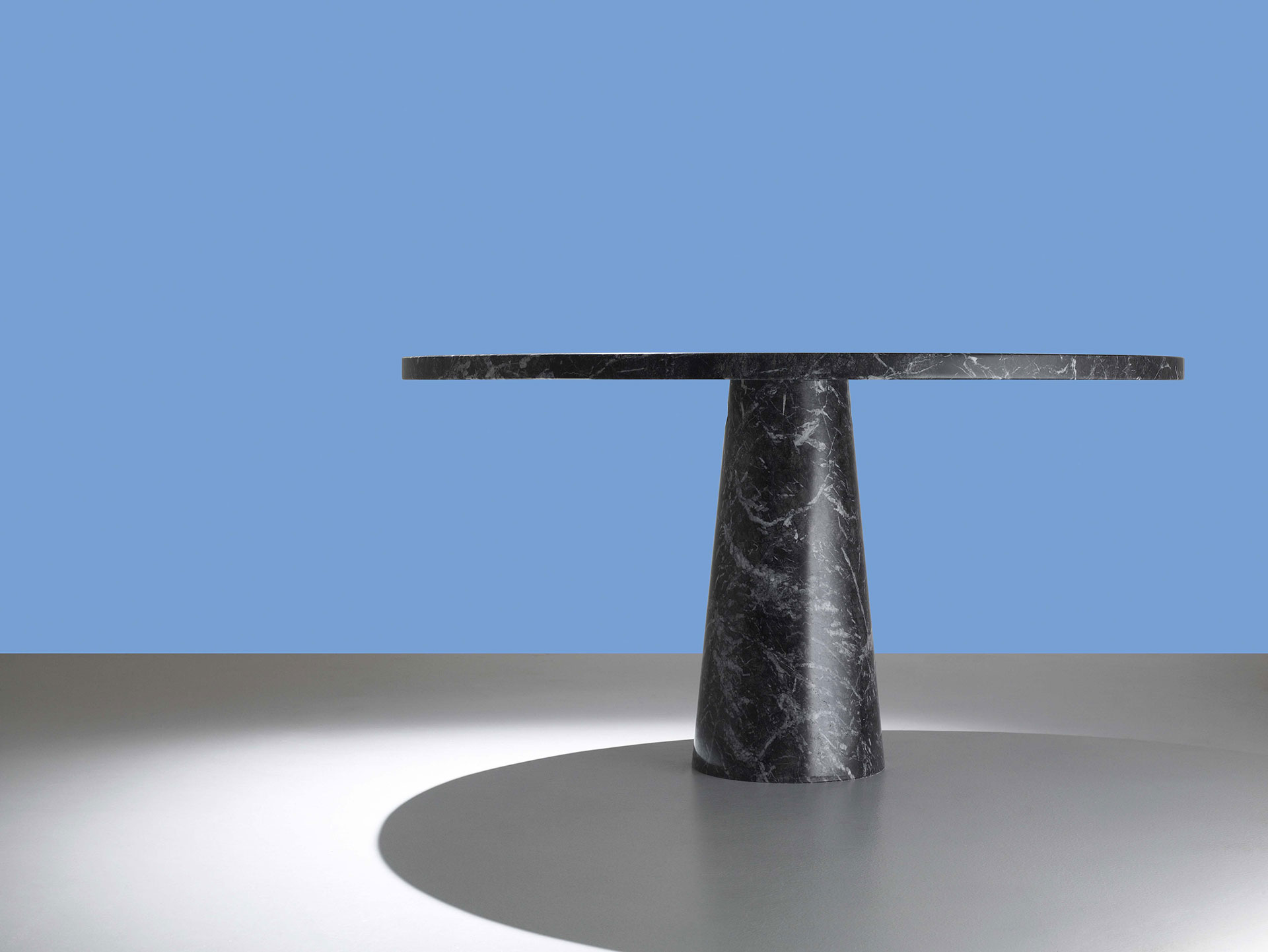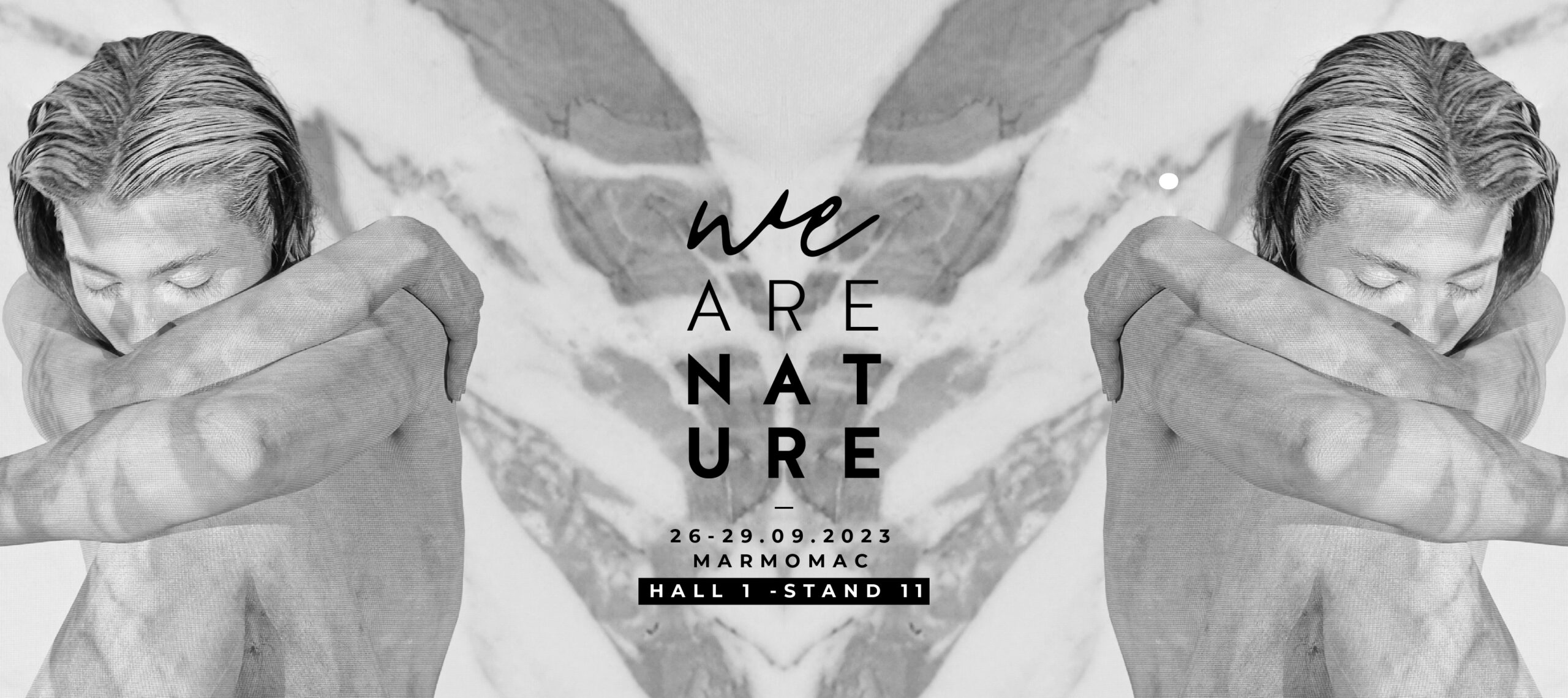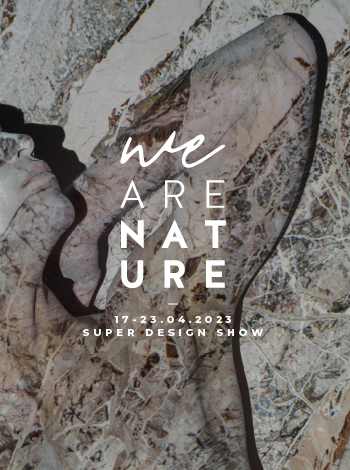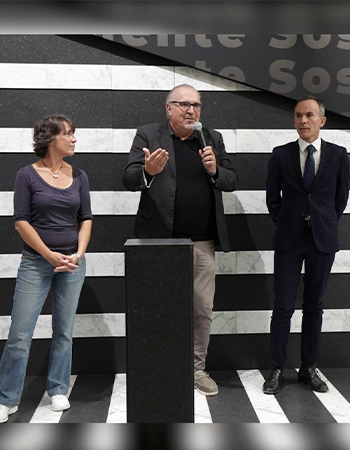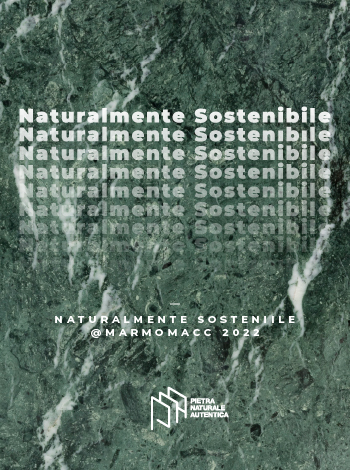Natural stone is one of the preferred materials chosen by Angelo Mangiarotti, with a unique ingenuity applied to projects of every scale.
By Sabrina Sciama
Angelo Mangiarotti (1921-2012) has been through 50 years of project history, always looking ahead. With his ability to bring out the characteristics of the material he chose for his projects, he succeeded in creating new forms with the naturalness and vision of those who experiment, probe, question, and verify. Thinking about the characteristics of the material, he found shapes and technical solutions until he reached the best results, often exceeding the limits.
“If it is not thought rigid and heavy, it does not work.” The Eros table system’s design starts from this premise, the result of research on jointless interlocking furniture, which finds the optimal solution in the gravity interlocking between the top and the leg. Here marble with its quality, finishes, and solutions is crucial because its weight increases the joint’s seal and the entire structure’s stability.
Designed in 1971 for Brambilla, later produced by Skipper, then Cappellini, and now edited by Agapecasa in white Carrara marble, Marquina black, Carnic grey, Alpi green, and dark Emperador, the Eros tables allude to the “male-female joint that fortunately still works.”
From the same constructive intuition that had inspired Eros, the Incas series (1978, also produced today by Agapecasa) is born, exploring another natural material, the Serena stone, in a sandblasted finish suitable for outdoor environments. The tops have squared forms; the legs truncated pyramid with trapezoidal sections. In this way, the two inclined levels bear the top’s weight, while the vertical ones do not collaborate with the tightness of the construction system.
Mangiarotti had the uncommon ability to adapt his design to the chosen material’s specifications, thus transforming a rigid and static material like marble into a product with extraordinary formal softness. Like the outdoor chair Clizia (Agapecasa), a sinuous “sculpture to get comfortable,” a balanced sign that, evoking some of Escher’s studies, makes the upper profile of the seat overlap with the lower one. Designed in 1990, Clizia emerges from a single block of marble executed through a single cut with numerically controlled machines. A process explored by Mangiarotti since the beginning, which allows the definition of two seats. Two goals in one, ahead of its time: optimize the material and minimize waste.


